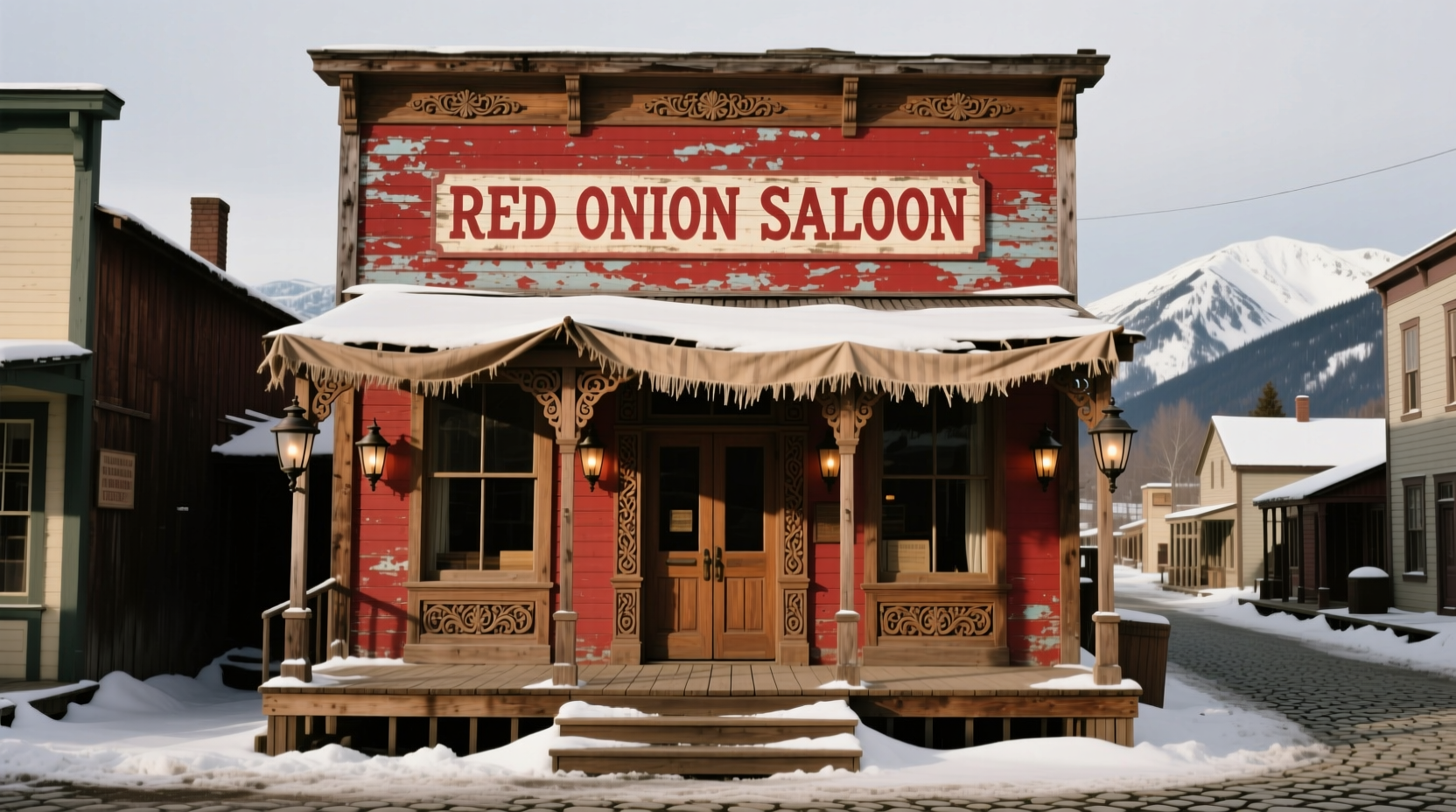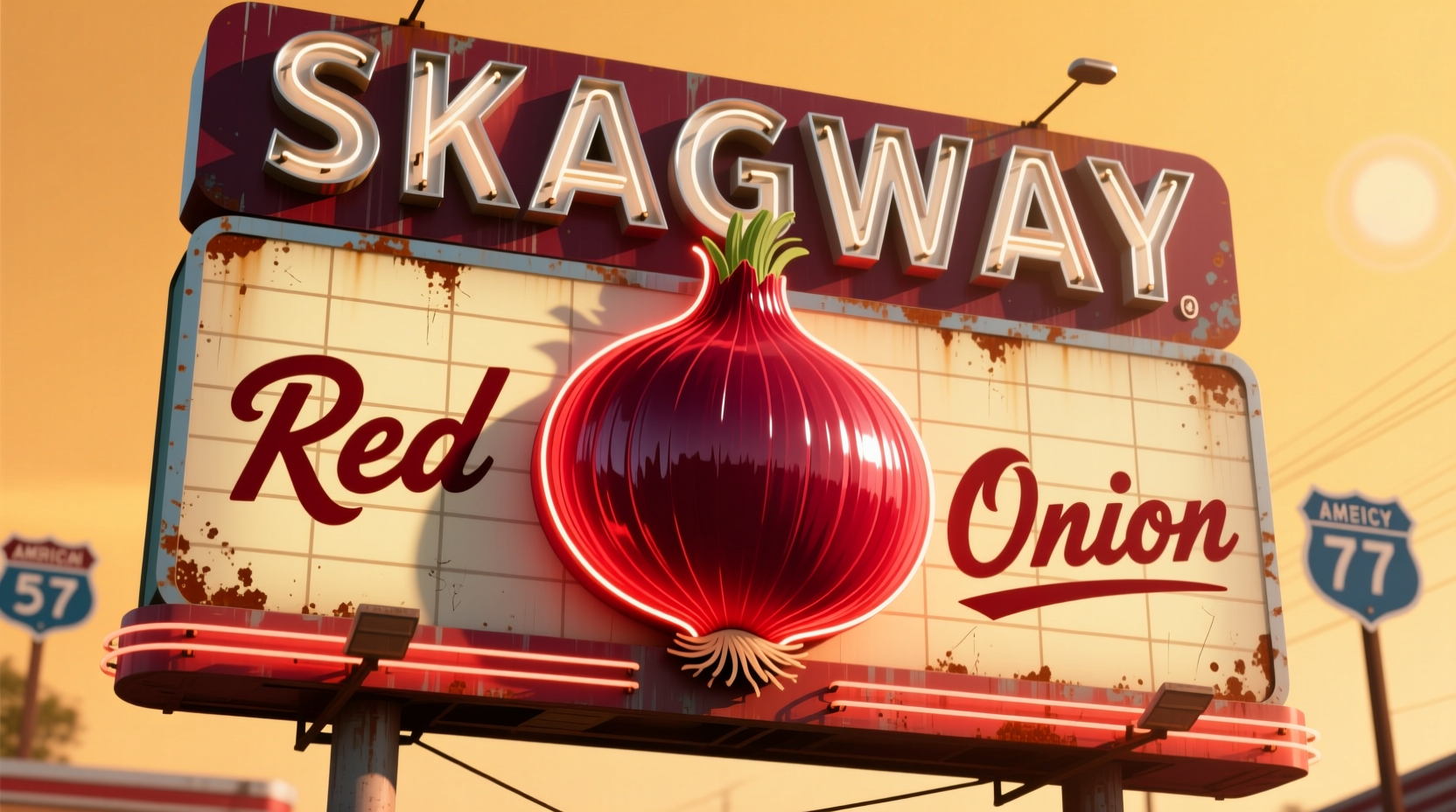Why the Red Onion Saloon Matters to Skagway's History
When prospectors flooded into Skagway during the 1897-1898 Klondike Gold Rush, the Red Onion Saloon quickly became one of the town's most notorious establishments. Unlike many Gold Rush buildings that were temporary structures, the Red Onion was built with quality materials including brick and featured elaborate Victorian architecture that signaled its importance in the community.
What makes this building particularly significant is how it represents the complex social ecosystem of frontier towns. While Skagway presented itself as a respectable gateway to the gold fields, establishments like the Red Onion operated in the shadows, serving the needs of thousands of transient miners. The building's dual function as both saloon and brothel was common during this era but rarely so well-preserved.
From Gold Rush Establishment to National Historic Landmark
| Time Period | Building Function | Historical Significance |
|---|---|---|
| 1898-1905 | Saloon and brothel | Served miners preparing for or returning from the Yukon gold fields |
| 1905-1915 | Boarding house | Transitioned as Skagway's economy shifted after the gold rush subsided |
| 1915-1960s | Mixed commercial uses | Survived Skagway's economic downturns through adaptive reuse |
| 1976-present | Historic preservation site | Designated as part of Klondike Gold Rush National Historical Park |
This timeline illustrates how the Red Onion Saloon adapted to Skagway's changing fortunes. According to the National Park Service documentation, the building's survival through multiple economic transitions makes it exceptionally valuable for understanding frontier town evolution (National Park Service, Klondike Gold Rush NHS).
What to Expect When Visiting the Red Onion Today
Modern visitors to the Red Onion Saloon experience a carefully preserved slice of history. The building maintains its original layout with several key features:
- The ground floor operates as a functioning bar with original fixtures
- Second floor contains preserved brothel rooms with period furnishings
- Original pressed tin ceilings and decorative woodwork remain intact
- The distinctive red onion bulbs that gave the establishment its name are still displayed in windows
Unlike many reconstructed historic sites, the Red Onion offers authentic artifacts rather than reproductions. The National Park Service emphasizes that "the building's integrity of location, design, materials, and workmanship remains remarkably intact" (NPS Historic Structure Report).

Understanding the Red Onion's Historical Context
When evaluating the Red Onion's place in history, it's essential to recognize the complex social dynamics of Gold Rush towns. While often romanticized, these frontier communities had strict hierarchies and moral codes that varied significantly from modern perspectives.
The Red Onion operated within what historians call the "tolerated zone" of Skagway's social structure. As documented in the Alaska State Historical Society's archives, Skagway's authorities permitted certain establishments like the Red Onion to operate under specific conditions while maintaining a public facade of respectability.
Visitors should understand that the building represents a specific historical moment that shouldn't be judged by contemporary standards. The National Park Service interpretation focuses on presenting the facts without either glorifying or condemning the establishment's past functions.
Practical Information for Your Visit
Planning a trip to the Red Onion Saloon requires understanding both its historical significance and practical visiting considerations:
Location and Access
Situated at 111 Broadway Street in downtown Skagway, the Red Onion is within easy walking distance of the cruise ship docks and other historic sites. The building is accessible year-round, though hours vary by season.
Visiting During Cruise Season
With Skagway serving as a major cruise destination, the Red Onion experiences significant visitor traffic between May and September. For the most authentic experience:
- Visit early morning or late evening to avoid cruise ship crowds
- Consider weekday visits when possible
- Respect that this is both a historic site and functioning business
What's Included in a Visit
Unlike many historic sites, the Red Onion offers tiered experiences:
- Ground floor bar access (no charge, functions as regular establishment)
- Self-guided tour of first floor historic areas (included with National Park visitor center admission)
- Guided tours of second floor brothel rooms (offered seasonally through the National Park Service)
Preservation Challenges and Successes
Maintaining a building with the Red Onion's complex history presents unique challenges. According to the National Park Service's 2022 preservation report, the most significant issues include:
- Preserving original structural elements while meeting modern safety standards
- Balancing historical accuracy with contemporary visitor expectations
- Maintaining appropriate interpretation of sensitive historical topics
The successful preservation of the Red Onion demonstrates how communities can honor complex histories without sanitizing them. As noted in the Alaska Department of Natural Resources' Historic Preservation Office documentation, "the Red Onion stands as one of the most authentic representations of Gold Rush-era social history in interior Alaska."
Planning Your Red Onion Saloon Experience
To make the most of your visit to this historic Skagway landmark, consider these practical recommendations:
- Combine your Red Onion visit with the nearby Gold Rush Cemetery for complete historical context
- Visit the Klondike Gold Rush National Historical Park visitor center first for orientation
- Respect that while the ground floor operates as a bar, the upper floors are protected historic spaces
- Ask park rangers about special evening tours that offer more intimate historical interpretation
Remember that the Red Onion Saloon represents just one facet of Skagway's rich history. To fully appreciate its significance, consider it within the broader context of Gold Rush-era social structures, economic patterns, and community development.











 浙公网安备
33010002000092号
浙公网安备
33010002000092号 浙B2-20120091-4
浙B2-20120091-4